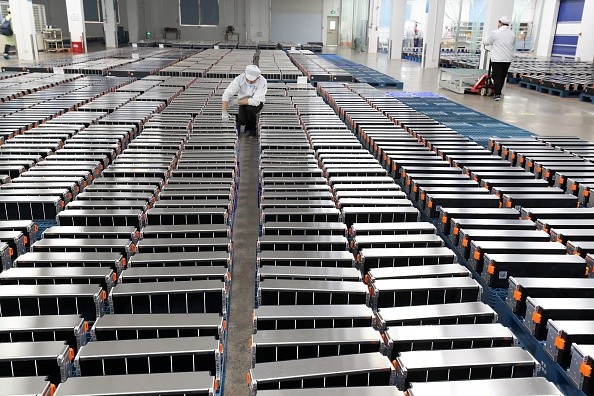
Scientists have invented a way to use paper waste to create lithium-ion battery components.
A heavy battery unit at the heart of today's electric vehicles (EV) stands as the largest headache for engineers and vehicle owners, and Nanyang Technological University (NTU), which is based in Singapore, researchers may have found a solution by creating one of the first applications of waste paper in battery production in history.
As the number of EVs rises, this innovation could help the automotive industry increase its use of batteries. Future manufacturers could line the frame of an EV with paper anodes to integrate the battery into the chassis.
How Does NTU's Waste Paper to Battery Production Work?
According to NTU's official press release, researchers transformed the paper's fibers into electrodes, which can be fashioned into rechargeable batteries that power mobile phones, medical equipment, and electric cars.
The technology takes advantage of a carbonization process that turns paper into pure carbon. Science Daily further explains that to carbonize the paper, the researchers will expose it to high temperatures, reducing it to pure carbon, water vapor, and oils that can be used for biofuel.
The study reveals that 1 gram of paper anodes, which is about the size of a fingernail, is sufficient to store 100 milliampere hours of energy. In comparison, a typical smartphone would require about 40g of anodes. This weighs about the same as the graphite used in modern phones.
Additionally, the research team's carbon anodes showed improved toughness, adaptability, and electrochemical qualities. According to NTU's results, the anodes are at least twice as robust as the anodes in today's phone batteries and may withstand 1,200 charges.
The NTU-produced anode-based batteries could tolerate physical stress better than other similar components, absorbing crushing energy up to five times better.
NTU's Renewable Technique Benefits the Environment
According to The Straits Times, as of 2020, discarded paper products like cardboard, kraft paper bags, and packaging would make up approximately a fifth of the waste produced in Singapore.
Thus, project leader and NTU Assistant Professor Lai Chang Quan explained that using recycled materials in place of graphite can lower costs overall while also reducing the pollution that batteries create.
"Paper can be recycled only four to six times before it is useless because the quality drops each time," Prof. Lai explained. "And when it cannot be used, the paper is incinerated, releasing greenhouse gases."
Compared to incineration, which produces a lot of greenhouse gases, carbonization produces very little carbon dioxide and is, therefore a more environmentally responsible way to dispose of kraft paper.
The current innovation reflects NTU's dedication to minimizing its impact on the environment by offering a solution to recycle waste products and lessen the world's reliance on fossil fuels while speeding up progress to a circular economy through green materials and cleaner energy sources.
Written by: Tech Times writer Andi C.
ⓒ 2025 TECHTIMES.com All rights reserved. Do not reproduce without permission.




